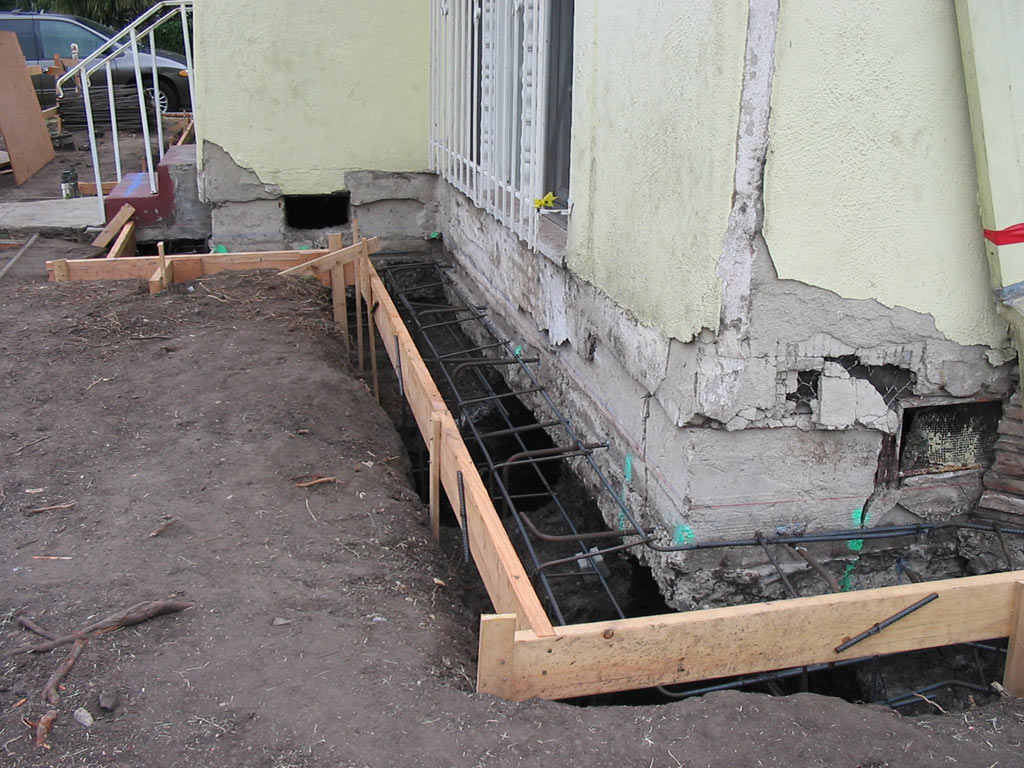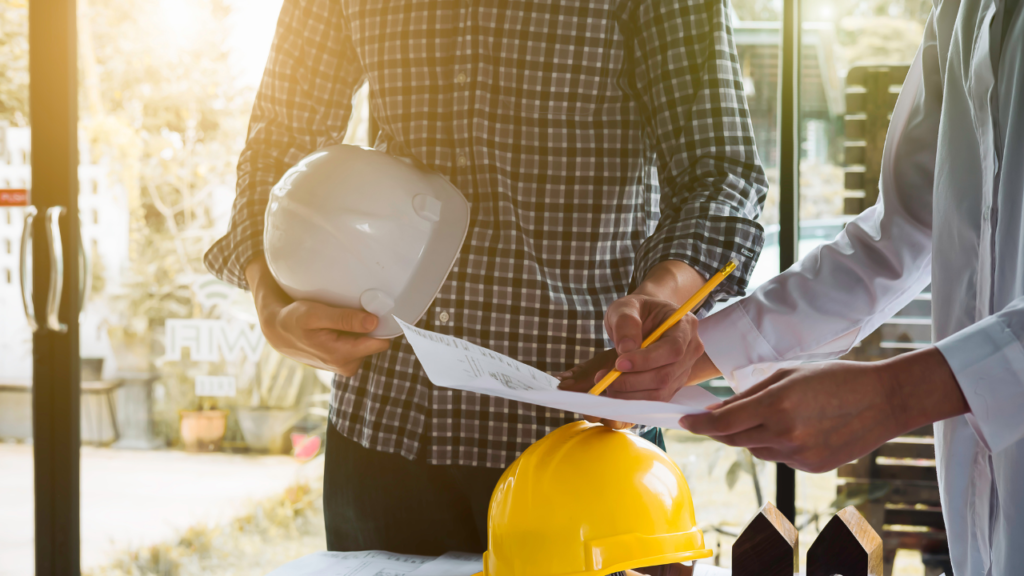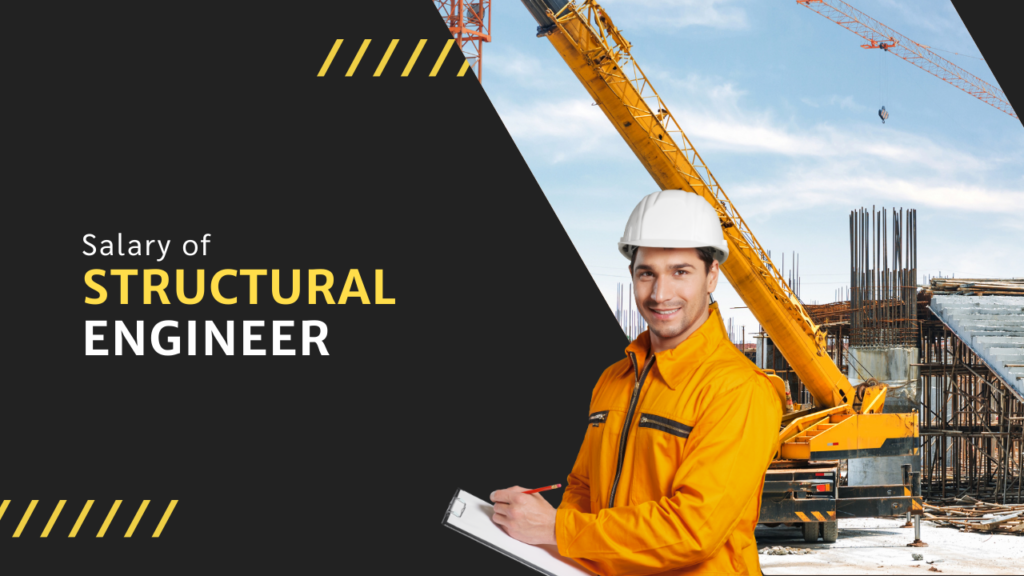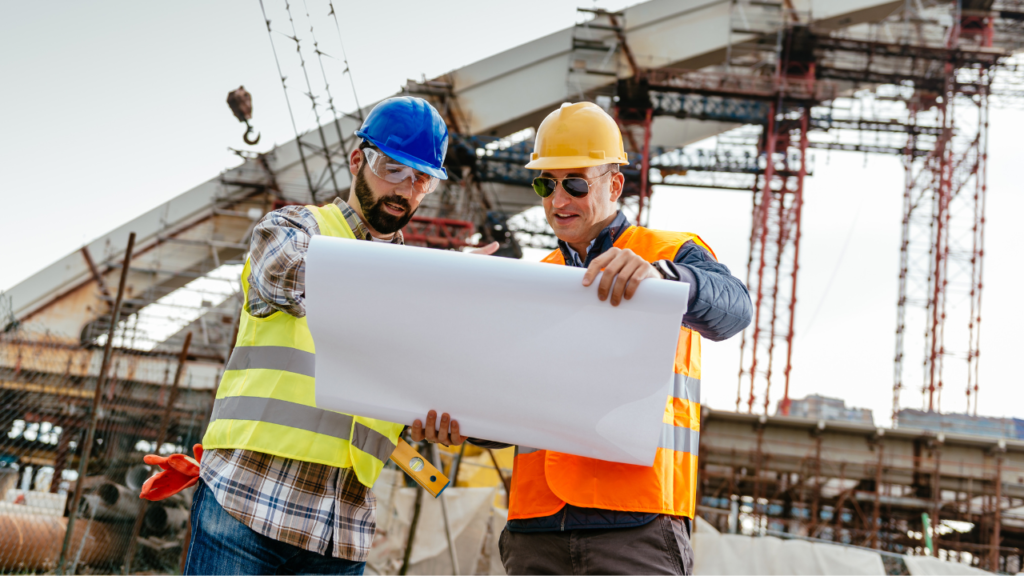Regarding structural integrity, a building is only as robust as its foundation. But what happens when the foundation begins to weaken or becomes unstable? This is where the science and technique of underpinning come into play.
What is Underpinning?
Underpinning is a construction method used to strengthen and stabilize the foundation of a structure. Whether you’re looking to underpin a house, a commercial building, or any other structure, this process ensures that the building remains safe and can withstand the test of time.
Why Underpinning is Essential
Imagine constructing a house of cards. If the base isn’t stable, the entire structure collapses. Similarly, buildings can face foundation issues for various reasons, such as soil subsidence, poor original construction, added loads, or environmental changes. An underpinning foundation ensures that the building can overcome these challenges. It’s a critical aspect of underpinning engineering and something we pride ourselves on mastering.
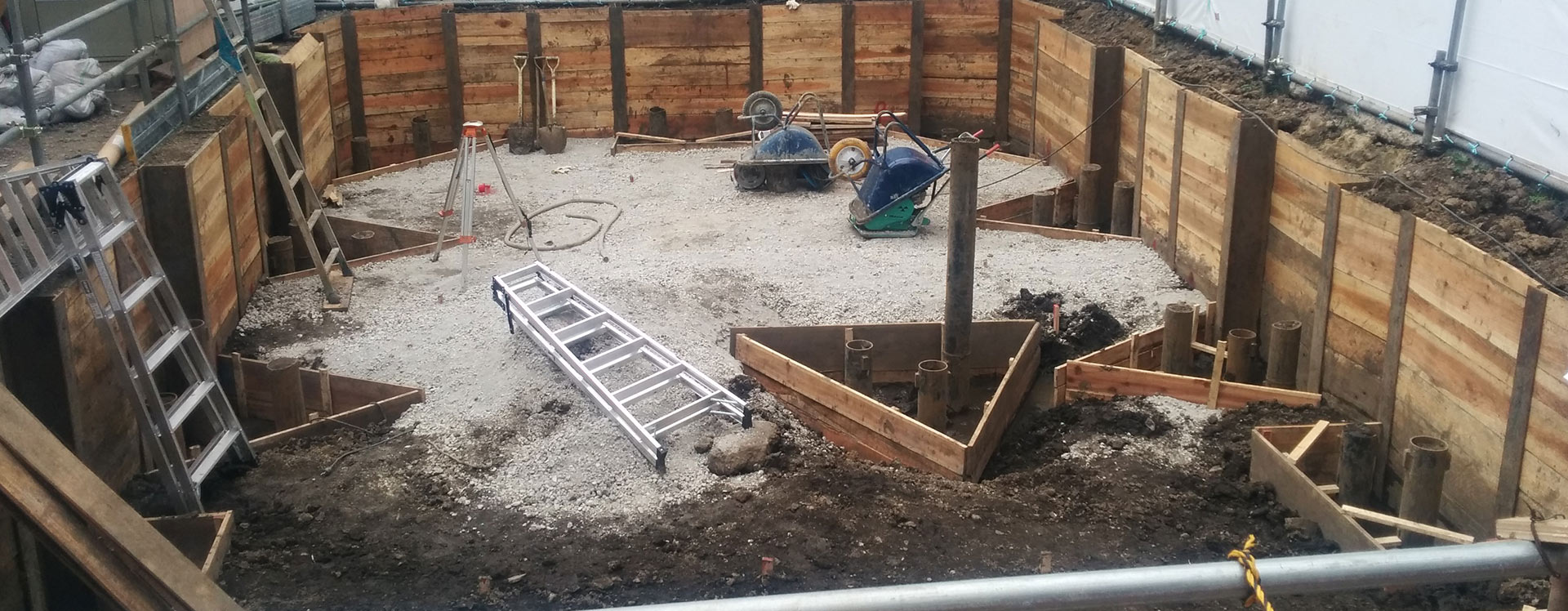
Types of Underpinning
To understand underpinning, it’s crucial to know the various methods applied. The choice of method depends mainly on the condition of the structure, the nature of the soil, and the intended result.
-
Mass Concrete Underpinning
This is the traditional method, often called the “pit method.” It involves excavating some ground below the current foundation and systematically pouring concrete. This method is ideal for shallow underpinning, where only a slight increase in depth is needed.
-
Beam and Base Underpinning
Beam and Base Underpinning is a more modern approach. A reinforced concrete beam is constructed above, below, or replacing the existing footing. The weight of the building is then transferred onto these beams, which distribute it to a mass concrete base constructed at a determined depth.
Learn More: Structural Engineer in Parramatta
-
Mini-Piled Underpinning
It is used when the load of the building must be transferred to a depth more significant than that achievable by other methods. It’s beneficial where the soil is unstable. Mini piles, generally 150mm to 300mm in diameter, penetrate through weak soil layers to stronger ones.
-
Screw Piles and Brackets
This method uses helical screws to stabilize and lift foundations. Once the piles are driven into the soil, foundation brackets are connected to the structure’s base. It’s a fast method with minimal vibration, making it suitable for structures close to other buildings.
-
Grout Injection
Grout injection involves injecting a particular grout to solidify ground materials around the foundation. It strengthens the ground, fills voids, and can lift a settled foundation. It’s best used for sites with problematic soil or environmental concerns.
-
Pier Underpinning
It involves placing vertical pillars (made of steel, timber, or reinforced concrete) under the ground to support and lift the foundation. The piers can be driven or drilled into the ground.
-
Slab Jacking
For underpinning concrete slabs, a mixture (usually cement and sand) is pumped under the slab, which pushes it up from below. This method is fast and cost-effective for correcting settled, tilted, or sunken slabs.
Read More: Structural Engineer in Liverpool
How to Underpin a House?
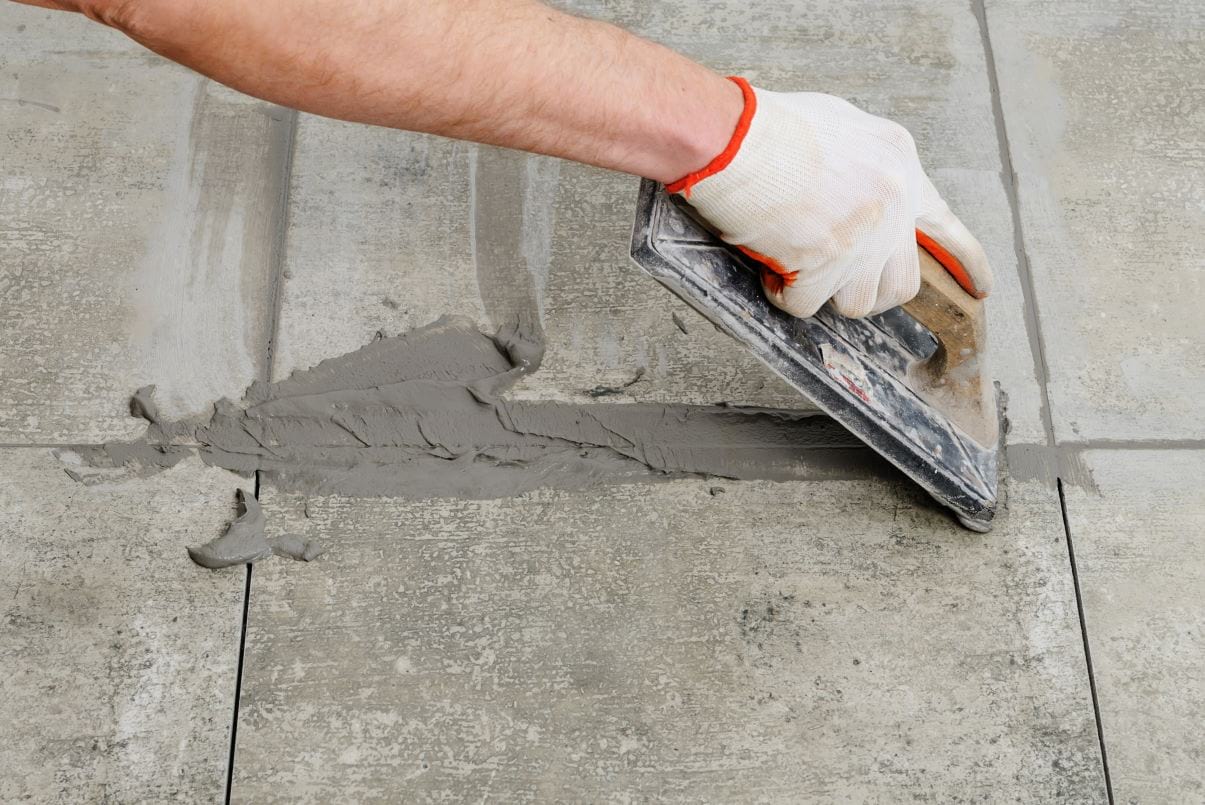
Underpinning a house requires a blend of experience, precision, and extensive knowledge of underpinning in construction. Here’s a more detailed look at the process:
- Assessment: It begins with a thorough evaluation to pinpoint the root causes of the foundation issues and decide the best underpinning method. Techniques like soil testing and foundation inspection using specialized equipment are often employed.
- Design: Once the problems are identified, a detailed plan is formulated. This involves deciding on the depth and type of underpinning, the materials used, and other technical specifics.
- Excavation: Before any underpinning can start, a methodical hole is necessary. The area beneath the foundation is dug out in segments to ensure the structure remains stable throughout the process. The depth and width of the excavation depend on the method of underpinning chosen and the specific needs of the design.
- Strengthening: The underpinning method is applied once excavation reaches the desired depth. For instance, concrete is methodically poured into the excavated sections if mass concrete underpinning is chosen. For pier underpinning, vertical pillars are positioned and secured.
- Monitoring: A crucial aspect of the underpinning process is constant monitoring. Especially with underpinning engineering, ensuring that every step is executed correctly is vital for the structural integrity of the building. Tools such as laser levels, hydraulic jacks, and electronic monitors are employed to ensure that the foundation is moving as intended and that there are no unforeseen shifts.
- Finishing and Restoration: Once the underpinning is complete, the excavated areas are filled, and the site is restored to its original state or better. The foundation’s exterior might be waterproofed and landscaping restored.
Recognizing the Need for Underpinning
Understanding when to underpin is crucial. Common signs that you might need to underpin a house or building include:
- Visible cracks on the walls or foundation
- Windows or doors sticking or not aligning correctly
- Uneven or sloping floors
- Voids or gaps between the wall and the floor or ceiling
- A sinking or settling foundation
Early intervention can prevent more severe structural problems, ensuring the safety of the inhabitants and potentially saving significant sums of money in the long run.
Safety and Regulations in Underpinning
Underpinning is not just about stabilizing a foundation. It’s also about ensuring the structure’s safety, inhabitants, and the workers involved in the underpinning process. Therefore, adhering to protection standards and regulations is paramount. Every underpinning process should be compliant with local building codes. Professional structural engineers and contractors must be involved, ensuring that the underpinning is done to the highest stability and quality standards. It’s also worth noting that underpinning can impact neighboring structures, especially in urban environments. Therefore, precautions and monitoring are essential to protect adjacent buildings.
The Economic Angle: Investment and Return
When faced with the prospect of underpinning a structure, it’s not uncommon for property owners to experience a bit of sticker shock. The costs associated with strengthening a foundation can indeed be substantial. However, this is a classic case where a more in-depth look into the economics of the situation can paint a very different picture.
- Avoiding Future Costs: Cost avoidance is the most immediate economic advantage of underpinning. When foundation issues are left untreated, they rarely stay stagnant. Instead, they typically worsen over time. This progression can lead to more extensive damage to the building – like cracked walls, plumbing, or electrical issues. The costs of addressing these compounded problems can quickly eclipse the initial expense of underpinning. Moreover, the longer you wait, the more complex the underpinning process might become, increasing its price.
- Boosting Property Value: Real estate professionals and savvy buyers understand the value of a solid foundation. An underpinned property with a well-documented and professionally executed job can command a higher market price. The reason is simple: potential buyers find peace of mind knowing that the structure they’re investing in is stable and free of foundational concerns. It’s an investment in the property’s future and its resale value.
- Security and Peace of Mind: While putting an exact dollar value on peace of mind is harder, it’s undeniably precious. The precautionary measures associated with a compromised foundation range from doors and windows that don’t close properly, increasing vulnerability to break-ins, to significant structural failures that can pose direct threats. By investing in underpinning, you’re buying assurance. And, in a rental scenario, a safe and stable building can fetch higher rental values and attract long-term tenants, further enhancing revenue.
- Mitigating Potential Legal Costs: Property owners might face legal actions if a compromised foundation leads to an accident or injury. The financial and reputational costs of such incidents can be devastating. Proactively addressing foundation concerns can be a crucial step in risk management.
- Energy Savings: A lesser-discussed economic benefit is energy efficiency. Foundation issues can lead to gaps and cracks, causing drafts that make heating and cooling systems work overtime. By addressing the root problem, you can improve the building’s insulation, potentially saving energy bills.
- Insurance Implications: Some insurance providers might offer more favorable terms or premiums for properties that have taken proactive steps like underpinning to mitigate risks. Conversely, foundation issues might lead to higher premiums or even policy denial.
In real estate and construction, proactive measures often prove more economical in the long run. Underpinning, while an upfront investment, pays dividends in the future, safeguarding both the structure and its occupants’ well-being.
Checkout: Structural Engineer in Brisbane
Advanced Underpinning Technologies
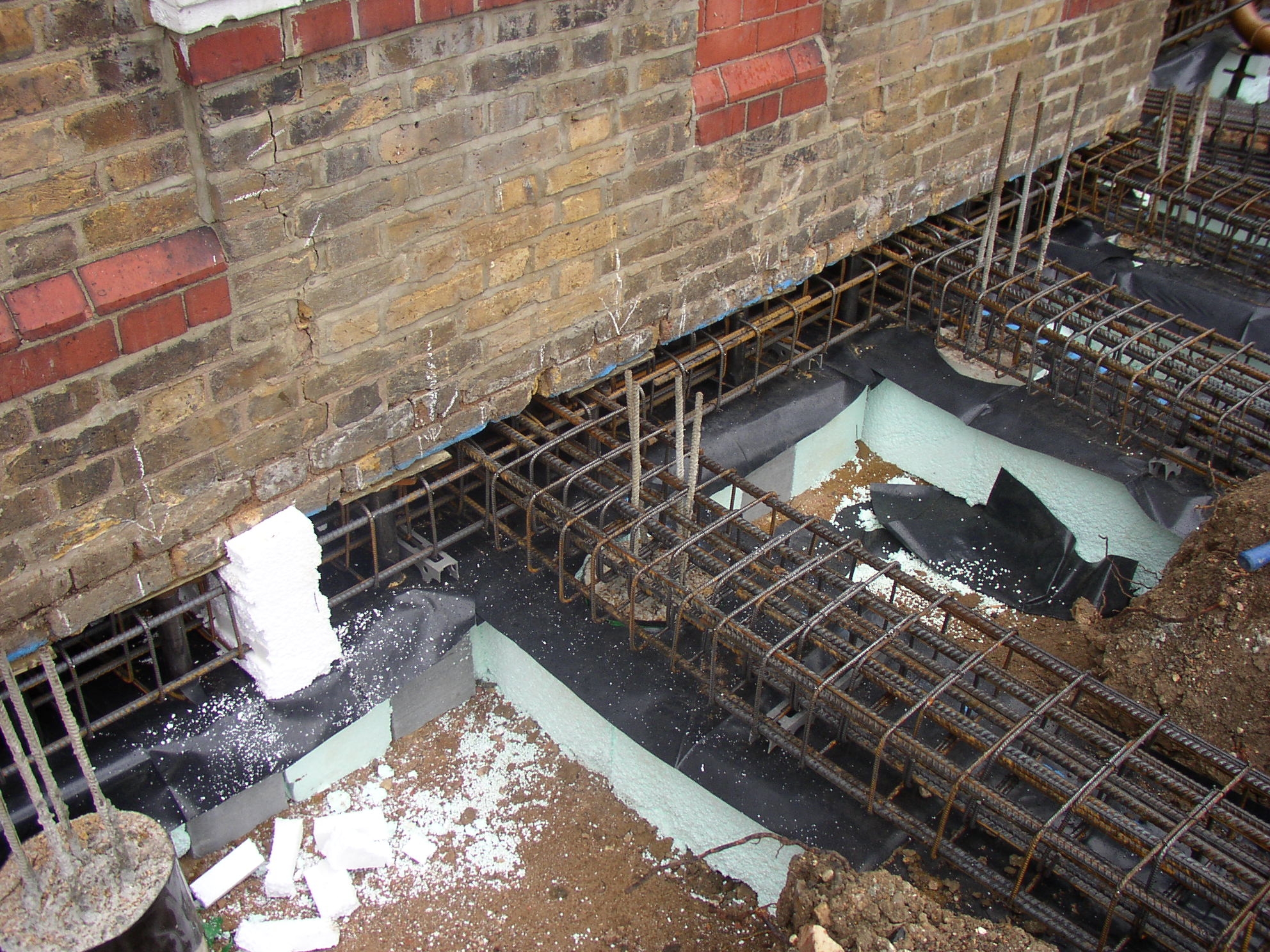
The dynamic field of underpinning engineering constantly witnesses the advent of newer technologies and methodologies designed to address unique challenges that may arise due to varying geographies, soil types, and structural designs. Delving deeper:
- Resin Injection: This technique is beneficial for areas with voids or unstable soil. The resin, once injected, expands and binds the soil particles together, enhancing its load-bearing capacity. Key benefits include minimal disruption to the property, speed of application, and being environmentally friendly due to the absence of excavated waste.
- Carbon Fiber Reinforcement: An innovative solution, especially for aging structures or those showing early signs of wear and tear. Carbon fiber, being highly durable and resistant to corrosion, provides longevity. Its non-intrusive application makes it suitable for historical or architecturally sensitive buildings.
- Vibro Compaction: This technique is indispensable for sites with sandy soils. By using deep vibrating probes, the soil’s density is increased, making it more compact. This process strengthens the ground and reduces the risk of liquefaction in earthquake-prone areas.
- Micro piling: A solution for sites with restricted access or where larger machinery cannot be used. Micro piles are drilled and grouted friction piles designed to bear loads or counteract forces. They can be installed in almost all ground conditions, making them versatile.
- Jet Grouting: This method involves using high-velocity grout, air, or water jets to break up the soil and mix it with a cement slurry. The resulting columns of stabilized soil can support structures, provide water cut-offs, or reduce ground permeability.
- Anchored Walls: For situations where walls are tilting or buckling, anchored walls can provide the necessary support. The structure is given added stability by driving soil nails or anchors into the ground and attaching them to the wall. This is often a preferred method for retaining walls or slopes.
- Plate Underpinning: This involves attaching steel plates to existing footings and driving hydraulic jacks to lift and support the structure. It’s an effective method for structures that must be raised to their original levels.
- Soil Nails: For stabilizing slopes or excavations, soil nails can be drilled into the ground. These nails, made of steel bars, work with a facing material, like shotcrete, to prevent soil movement.
These advancements provide tailored solutions and ensure that underpinning processes are quicker, more efficient, and less disruptive. As underpinning engineering continues to evolve, it reaffirms the commitment of professionals to safeguard structures and their occupants.
Environmental Considerations in Underpinning
One of the often-overlooked facets of underpinning is the environmental context in which the structure resides. Various environmental factors, from soil types to surrounding water bodies, are pivotal in determining the need, method, and approach to underpinning. Here’s how:
- Soil Type & Consistency: Different soils have varying load-bearing capacities. While sandy soils may lead to rapid structure settling, clayey soils might expand and contract with moisture levels, leading to foundation movement. Understanding soil mechanics is crucial to determining the underpinning technique.
- Water Table Proximity: Structures close to high water tables face challenges due to soil erosion or the pressure exerted by water on the foundation. Underpinning such scenarios requires careful consideration to prevent further destabilization.
- Nearby Construction Activities: New constructions or excavations near an existing structure can alter the soil’s stress distribution, necessitating underpinning to counteract these changes and prevent damage.
- Natural Disaster Vulnerability: The foundation’s stability becomes even more critical in regions prone to earthquakes or floods. Underpinning can offer added security, ensuring the structure can withstand these natural forces.
- Environmental Conservation: In ecologically sensitive areas, underpinning methods must be chosen to minimize disruption to the local ecosystem, ensuring that local flora and fauna are preserved.
- Long-Term Climate Impact: Climate change and its long-term effects, like rising sea levels or increased frequency of heavy rainfall, can influence the foundational stability of structures. Anticipating and addressing these shifts through proactive underpinning can be a wise preventive measure.
Recognizing and respecting these environmental considerations ensures that underpinning addresses immediate structural concerns and offers a long-term, sustainable solution in harmony with the surroundings.
Conclusion: The Art and Science of Underpinning
While underpinning is rooted deeply in the science of structural engineering, there’s an undeniable art to choosing the right approach, executing it flawlessly, and ensuring that a building not only stands but thrives for years. Our team understands this balance. With our in-depth knowledge of underpinning engineering, vast experience, and commitment to excellence, we are your trusted partners in ensuring your building’s foundations are as robust as possible. Foundation issues are not just structural – they’re personal. The safety and well-being of those who inhabit or use a building hinge on the integrity of its base. Don’t compromise. Act now. Ensure your peace of mind and the longevity of your structure with our expert underpinning services.

